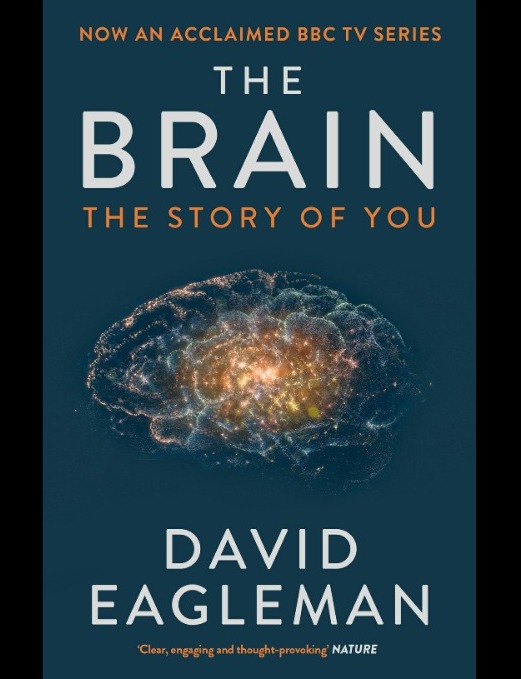The Brain: The story of you would stir feelings of intrigue and awe in anyone who decides to read. It not just evokes emotions, but also makes you question and think of who you are.
The essence of the research that has shaped our understanding of the brain is packaged and compartmentalized as answers to some of the age-old questions that have been studied using diverse fields of neuroscience, psychology, and philosophy. This story about the brain is constructed via interwoven examples of real people like the children that grew up in Russian orphanages deprived ofwithout any physical contact or the man who suddenly started shooting random people; real experiences like the perception of the movement of static images or slowing down of time when frightened, and a multitude of lab experiments like hearing through the skin and how people with botox cannot pick up emotions by looking at facial expressions.
One of the book’s best parts is its coherence and the interconnectedness between various sections, considering the amount of neuroscience research that is packed inside. For example, the first section poses the question about identity which towards the end smoothly converges into the bigger question of what is reality. This quote, “Imagine a person could be split into herself at all her different ages. Would they all agree on the same memories? If not, are they really the same person?” sums up the beautiful transition between the two sections. And the quote, “So what is reality? It’s like a television show that only you can see, and you can’t turn it off. The good news is that it happens to be broadcasting the most interesting show you could ask for, edited, personalized, and presented just for you.”, this provides an example of the smooth transition of questioning about reality into ‘who is in control’.
Dr. Eagleman tackles the question of free will next. AThe humongous amount of information that enters each second in our brain via an array of receptors. wWhen this informationit comes in contact with our conscious (with awareness) and the subconscious (without our awareness) creates a response is created that is difficult to predict. Thus, Eagleman supports the idea that we do not have free will as he puts it, “This titanic complexity leaves us with just enough insight to understand a simple fact: our lives are steered by forces far beyond our capacity for awareness or control.” Aand so comes the question of how do we decide in the wake of this knowledge of the absence of a free will.
The last section will provide a glimpse of our future. Some of the examples will transpose you to science fiction shows like Black Mirror (Episode San Junipero) or Upload, which will make you wonder whether we truly are on the verge of a future where our memories can be uploaded in a cloud making us immortal. But would that memory storage device be sentient? The answer to that can be found as advances are made in Artificial Intelligence research and soon we would need our very own version of Isaac Asimov’s three rules of robotics.
You should read it if you like neuroscience, psychology, or science fiction interest you and if you haven’t read much of the neuroscience or psychology research then this is a good place to start. It also makes a good book for re-reading when accompanied by the BBC/PBS series that has been adapted from the book along with the treasure trove of references at the end of the book.
But probably the mostAnother important reason to read thise book is – as Eagleman puts it,- “By understanding how choices battle it out in the brain, we can learn to make better decisions for ourselves, and for our society.”
Poorti Kathpalia, a scientist by training, is now pursuing her passion for making science fun and accessible through her sci-comm activities.


